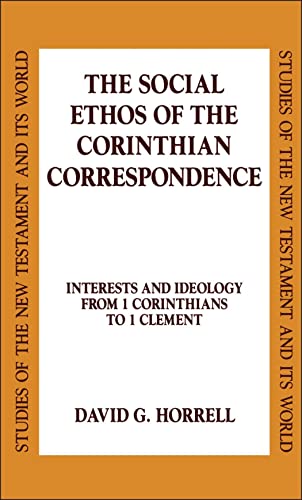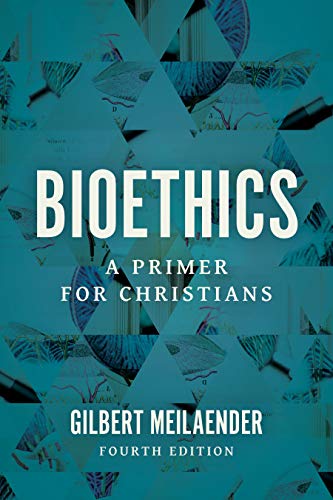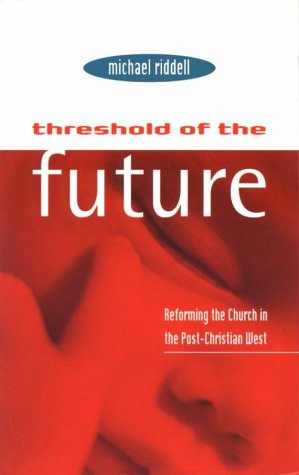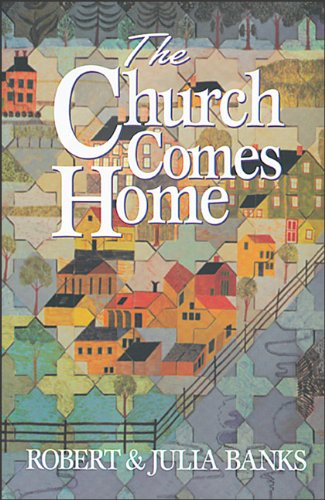The Opponents of Third Isaiah. Reconstructing the Cultic History of the Restoration
Written by Brooks Schramm Reviewed By Wolter RoseIn this revision of his doctoral dissertation (supervised by Jon D. Levenson), Schramm adds another critical voice to the debate sparked by Hanson almost twenty years ago in The Dawn of Apocalyptic (1979). He begins with a survey of the debate over ‘Third Isaiah’ since 1892, when the German scholar Duhm coined the term. This includes an extensive discussion of the proposal by Torrey and others to consider chapters 40–66 as a unity rather than two collections. Schramm then outlines the historical background of the restoration community as the political and social context of Third Isaiah.
Hanson argued for the existence of two rival groups with different restoration programmes within the post-exilic Judahite community: the Zadokite priests, in control of Jerusalem (the hierocrats), and the Levites, excluded from service in the temple (the visionaries). For Hanson, Third Isaiah was written by the dissenting visionaries as an attack on the cultic religion of the Zadokite priests and the theology behind it (the Pentateuch and Ezekiel 40–48). This raises two questions for Schramm: the qualification of Third Isaiah as ‘dissident literature’, and the claim that Third Isaiah attacks the cultic theology of the Pentateuch. Discussion of these questions along with an exegesis of Isaiah 56–66 forms the heart of the book. Finally, four appendices deal with the dating of the Pentateuch, the Judaite presence in Mesopotamia, the genealogies for Ezra in Ezra 7:1–5 and 1 Chronicles 5:1–5, and the nature of the traditional, official religion of Judah and Jerusalem.
Schramm’s treatment of Isaiah 56–66 is often stimulating. He demonstrates that Hanson exaggerated tensions or dichotomies between different prophets, and basically revised the old argument of two distinct religious mentalities in the OT: the law versus the prophets. A conflict between visionary (prophetic) and hierocratic (priestly) elements is ‘an issue of relative inconsequence’. What is fundamental in the cultic polemics of the Hebrew Bible is ‘the battle with the traditional, syncretistic cult of Yhwh, a battle in which the priestly, Pentateuchal tradition and the prophetic tradition fought on the same side!’ Third Isaiah was not a dissident attacking Zadokite cultic religion, but sided with the Zadokite priests in their opposition against the traditional, syncretistic cult, and his theological position is complementary to that of the book of Ezra.
Schramm’s own position is problematic in its treatment of the oracles denouncing different forms of religious syncretism (57:3–13; 65:1–7, 11–15; 66:3–4, 17). Hanson considered them symbolic or metaphorical, but for Schramm they are real accusations. This leads him to postulate the continued existence of such practices, including fertility rites and child sacrifice. Thus ‘the traditional, syncretistic cult of Yhwh’ (the worship of Yhwh along with other deities) existed well into the post-exilic period. This is controversial, to say the least. One therefore expects to find a discussion of whether there is supporting evidence outside Isaiah 55–66. However, the issue does not receive proper treatment, either in the exegesis or in the chapter on the historical background of the society of restoration Judah.
Overall, this book is a welcome contribution to the study of Isaiah 56–66. It provides a useful survey of scholarship, a summary and critique of Hanson’s work and an interesting interpretation of Isaiah 56–66.
Wolter Rose
Kampen, The Netherlands







